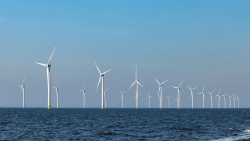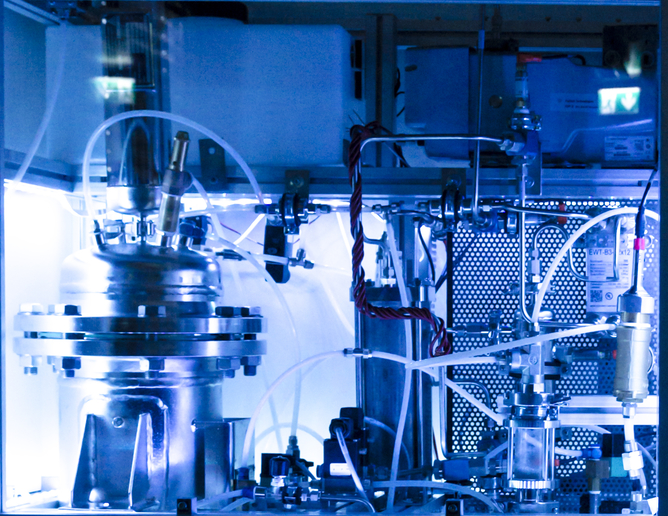Wind and wave energy scientists join forces
Knowledge of the strength and prevailing direction of the wind is a prerequisite for choosing where to site wind turbines, whether onshore or offshore. Turbine placement in wind parks must also take wake effects of nearby turbines into account. Those interested in capturing wave energy are also interested in the wind field since waves are generated by the wind as well as gravity. While much of the equipment and methods applied in the fields of wind and wave energy are similar, there is surprisingly little interaction between these two groups. The 'Prediction of waves, wakes and offshore wind' (Powwow) project aimed to build strong ties and consequently maximise the impact of limited research and technology development (RTD) funding. A series of actions were performed to bring the leading scientists in these fields together and to address specific gaps, such as the scarcity of test data. The human component was addressed by creating virtual laboratories, known as Vilabs, for wake modelling and short-term prediction (STP). The wake modelling Vilab proved to be most successful since these models are still in a developmental phase. Sharing of knowledge in these specialised fields was further enhanced through a series of dedicated workshops. The topics covered included best practices, wake effects, the role of regulations and environmental criteria and energy production forecasts. The Powwow project made a sincere effort to expand its reach beyond EU Member States by inviting scientists from Accession States as well as countries as far away as Brazil. Perhaps the greatest legacy of Powwow, however, is the fact that its impact has extended beyond the end of the project. For example, several expert groups have continued to meet on a regular basis, setting long-term targets such as the development of standards in these emerging fields.







